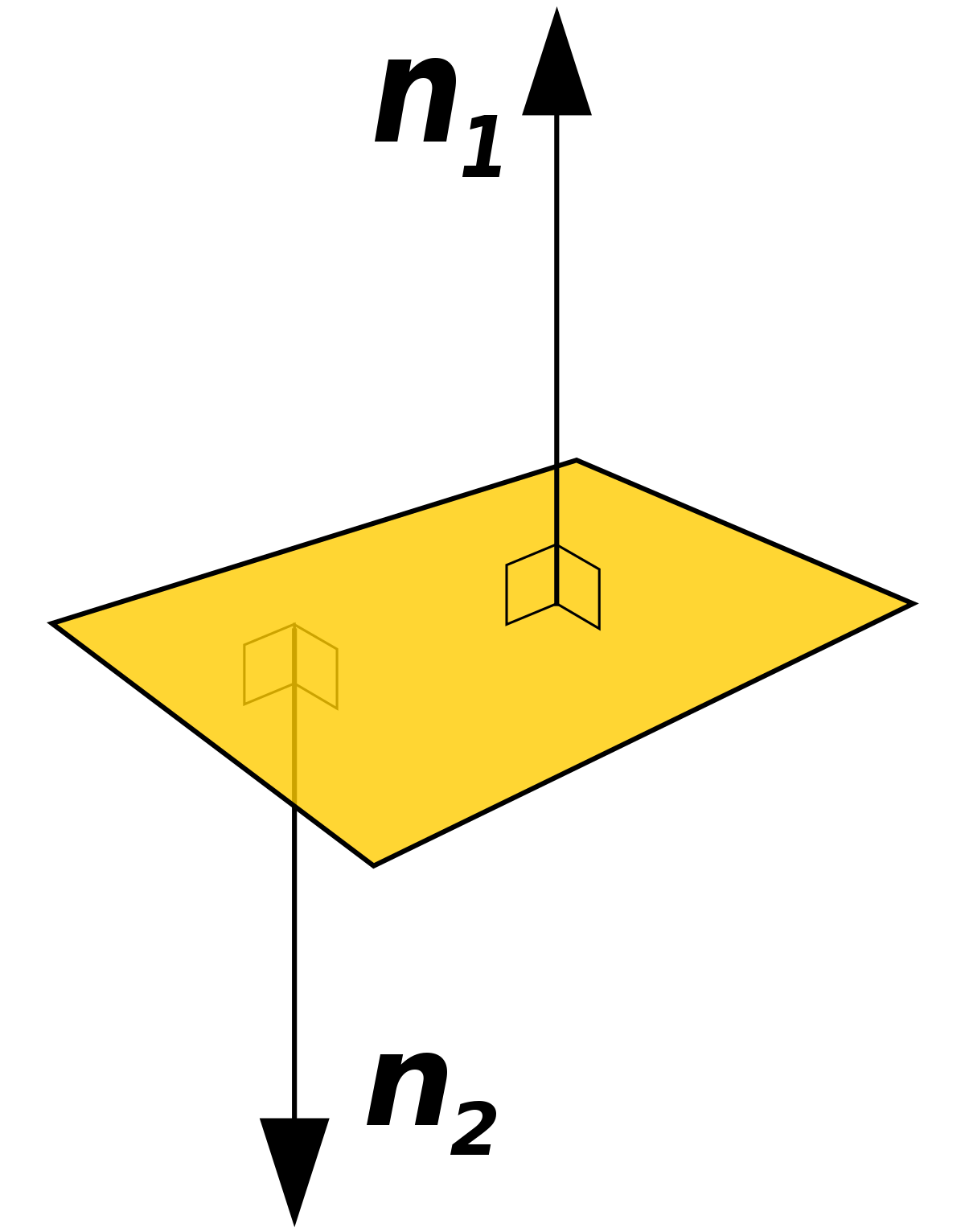says
Looking for a bat that makes me faster
says
Looking for a bat that makes me faster
Active Member
First of all, let's start with my understanding about 'throw'. In my mind, the 'throw' is the angle that the ball will leave the racket surface when you loop (or other stroke). The ball will leave a high throw rubber in tangential direction (in direction of brushing), whereas the ball will leave a low throw rubber almost perpendicularly with respect to the racket surface.
Now, how does the following properties affect the throw angle of a rubber?
1. Sponge thickness
2. Sponge hardness
3. Topsheet hardness
4. Topsheet grippiness/tackiness
5. Pimple structure - short and wide, long and thin etc.
Now, how does the following properties affect the throw angle of a rubber?
1. Sponge thickness
2. Sponge hardness
3. Topsheet hardness
4. Topsheet grippiness/tackiness
5. Pimple structure - short and wide, long and thin etc.












